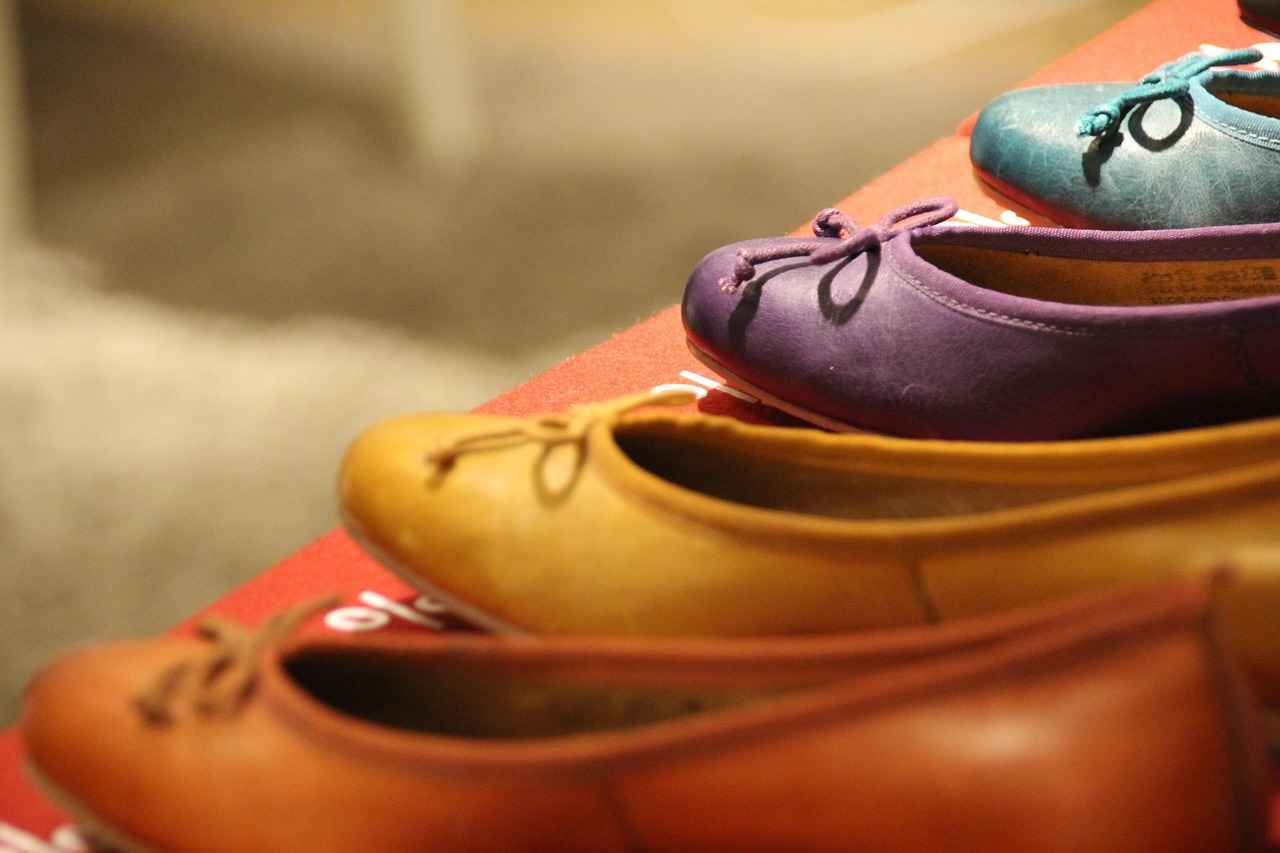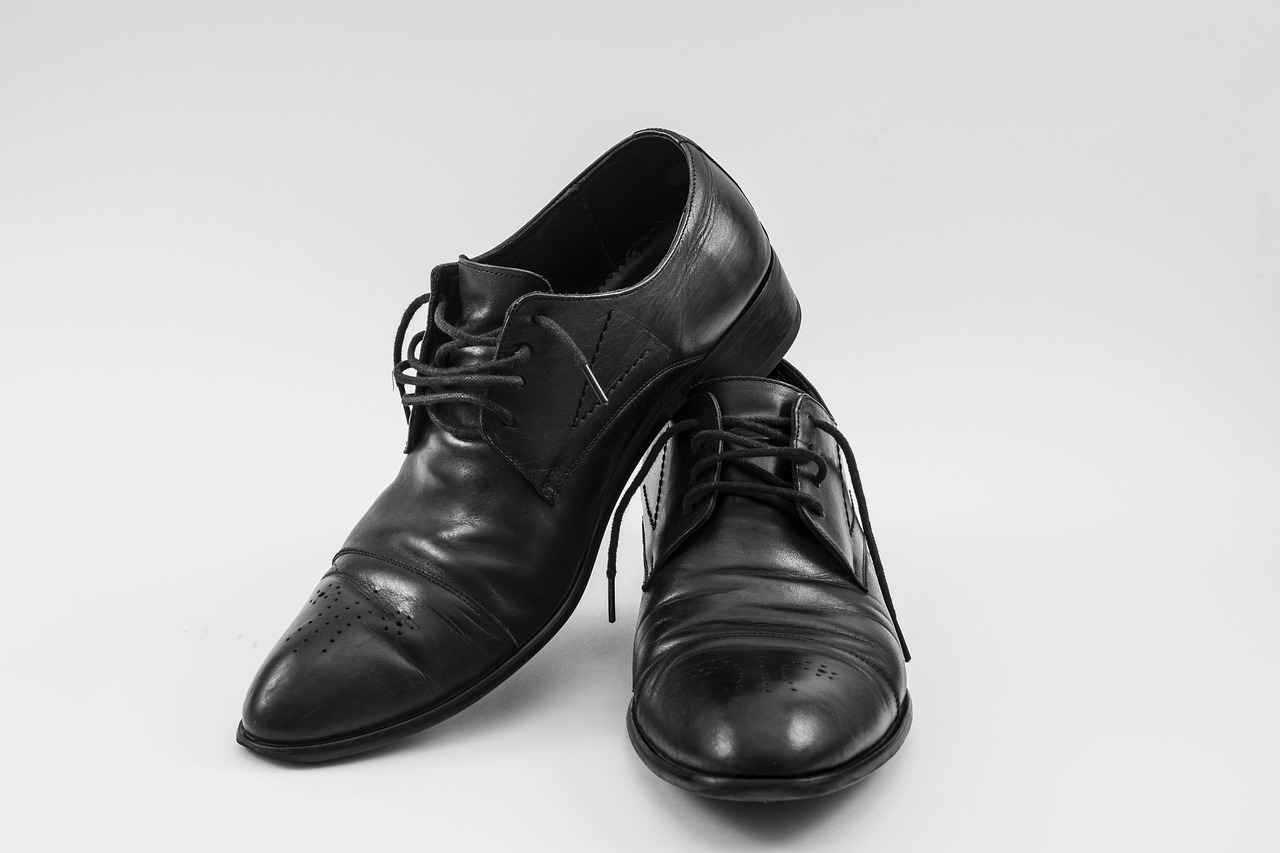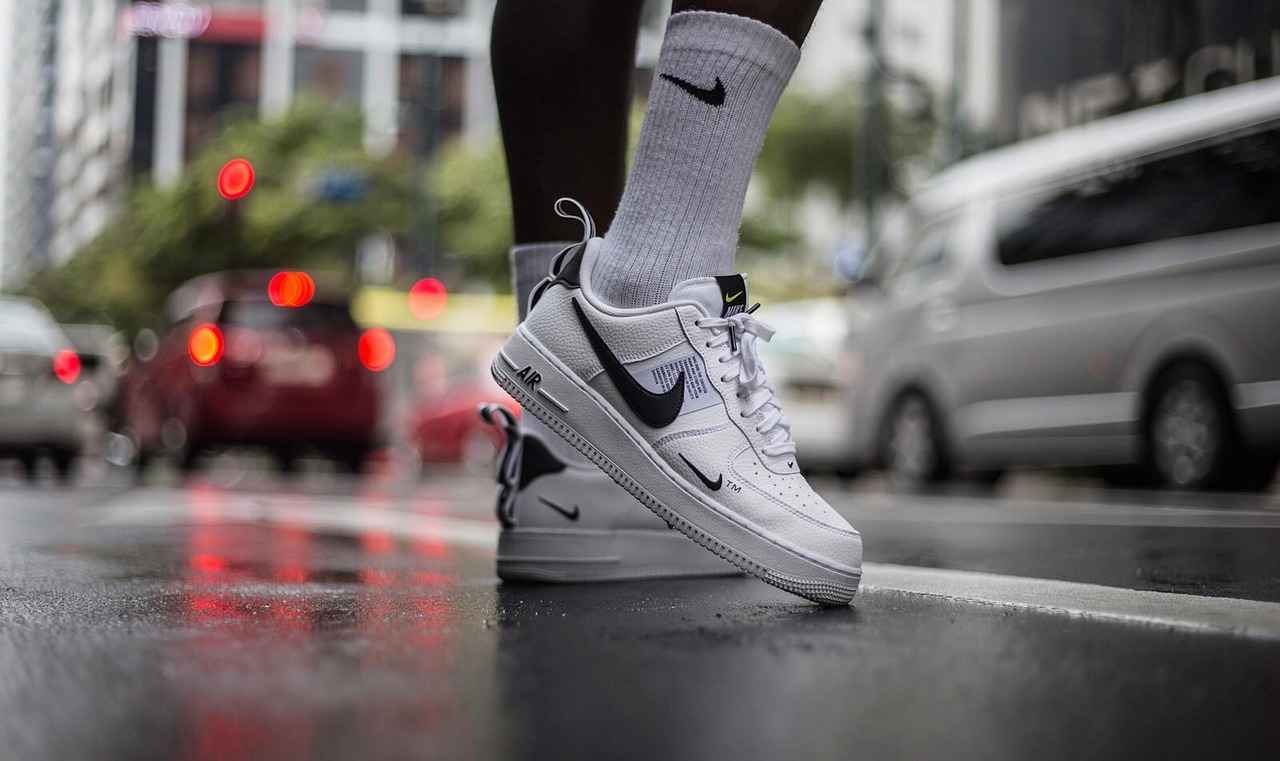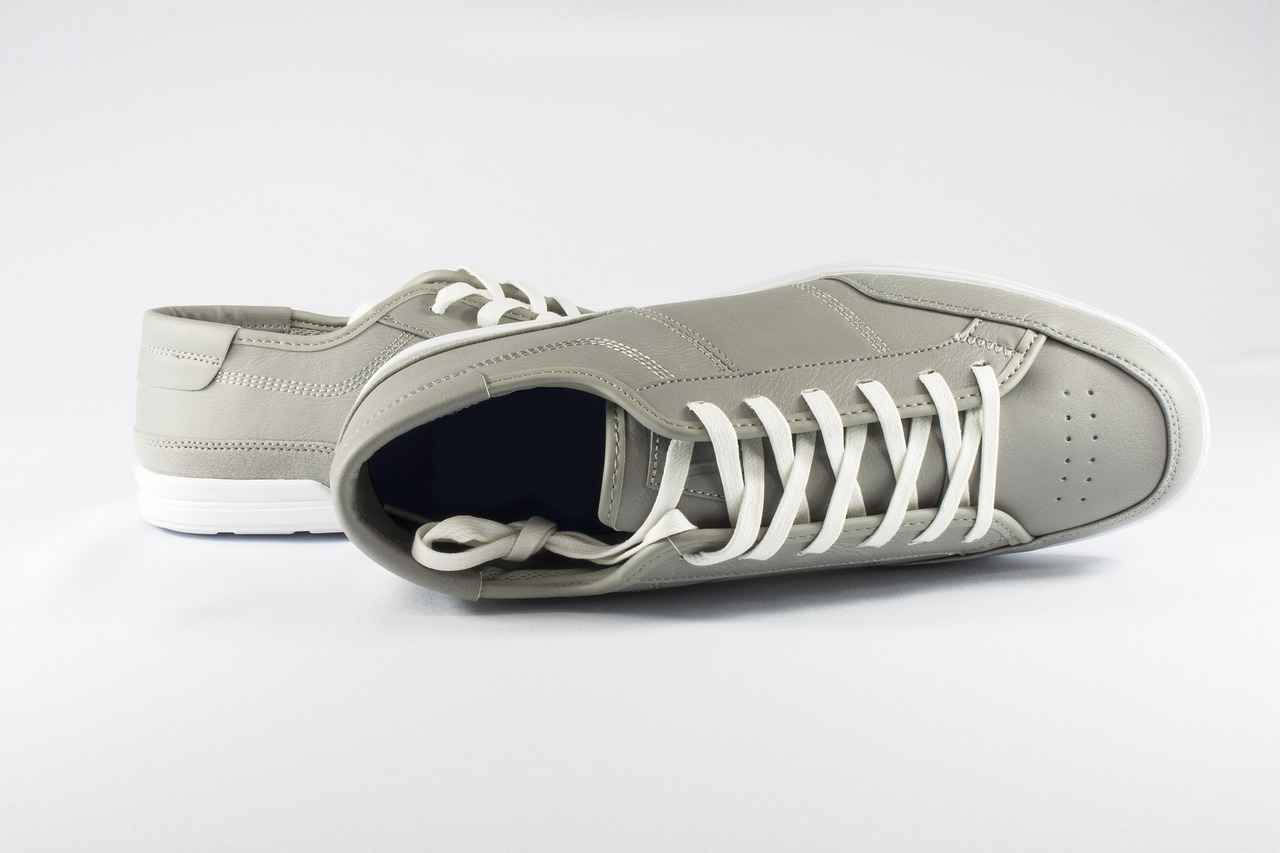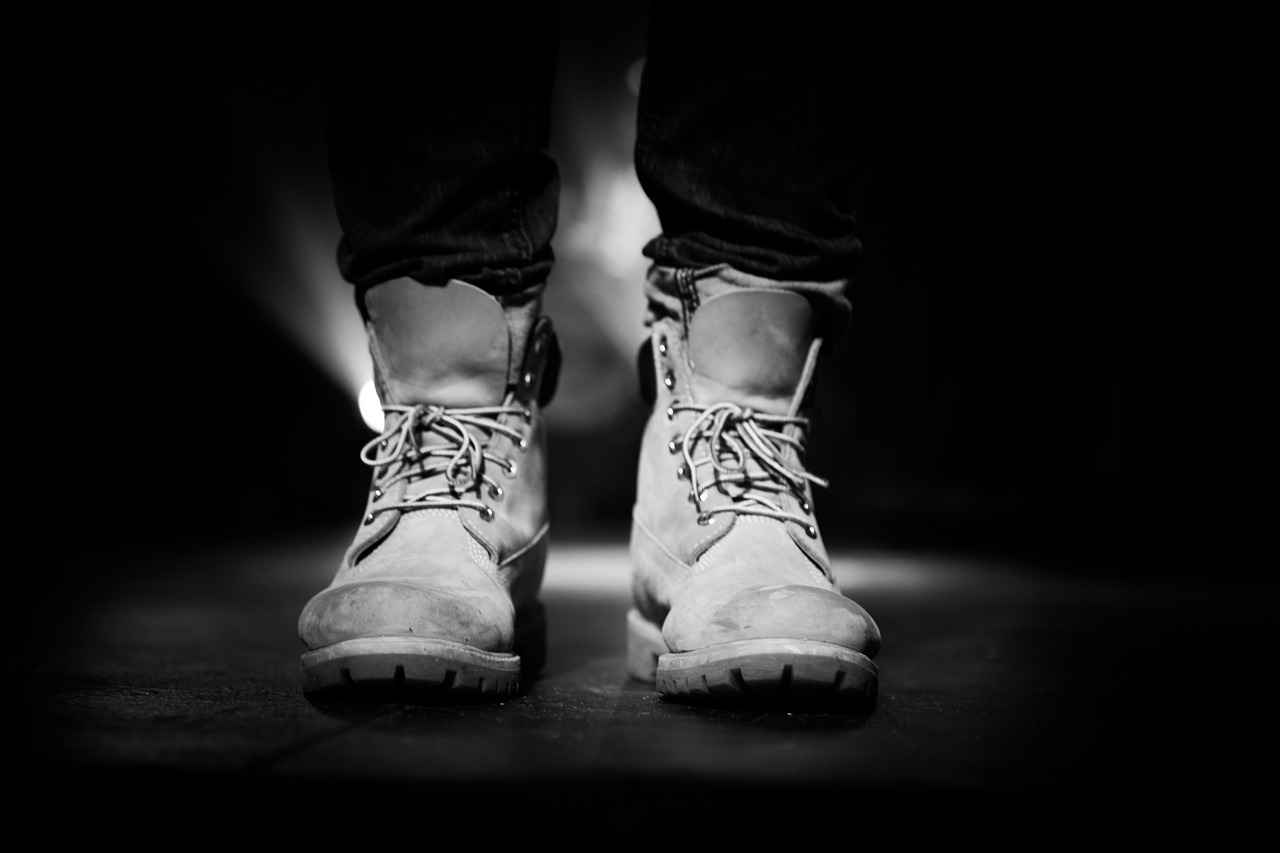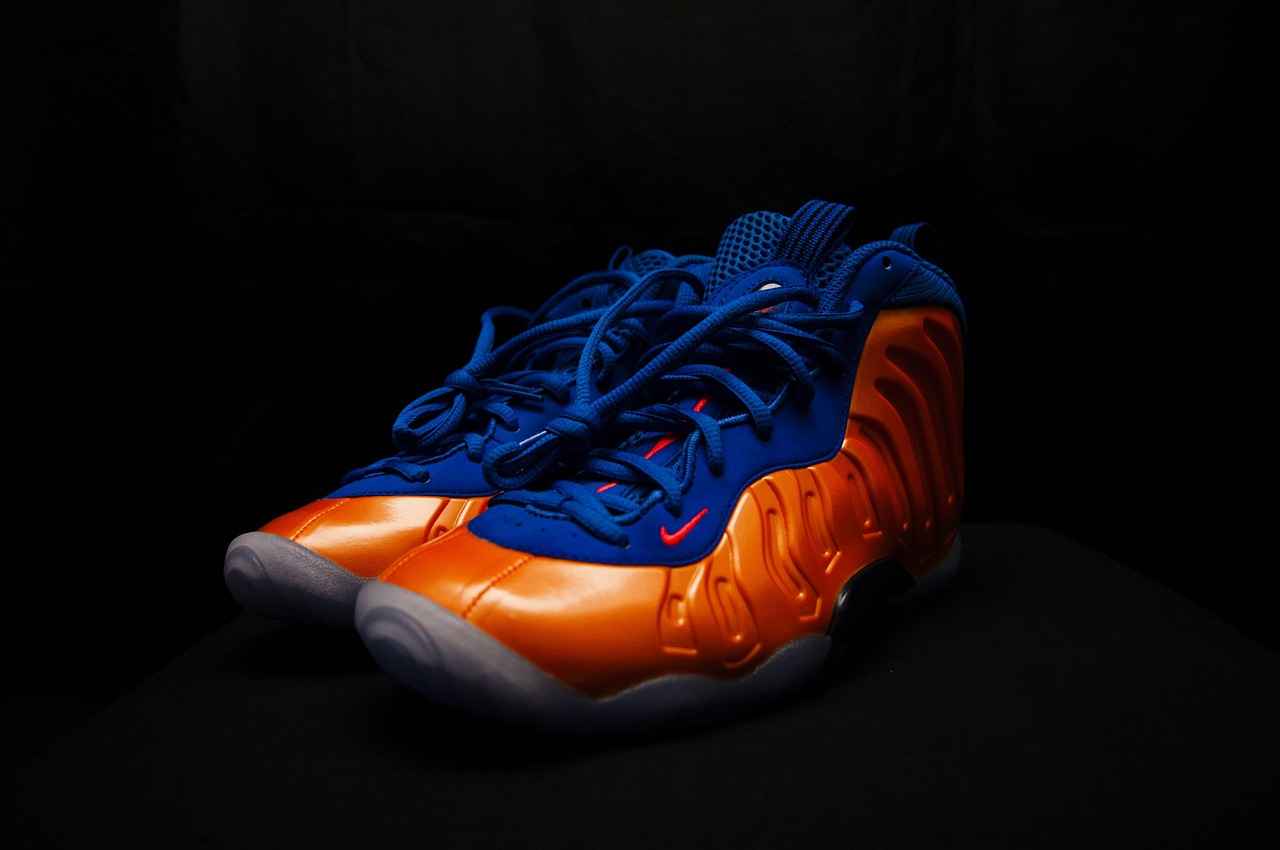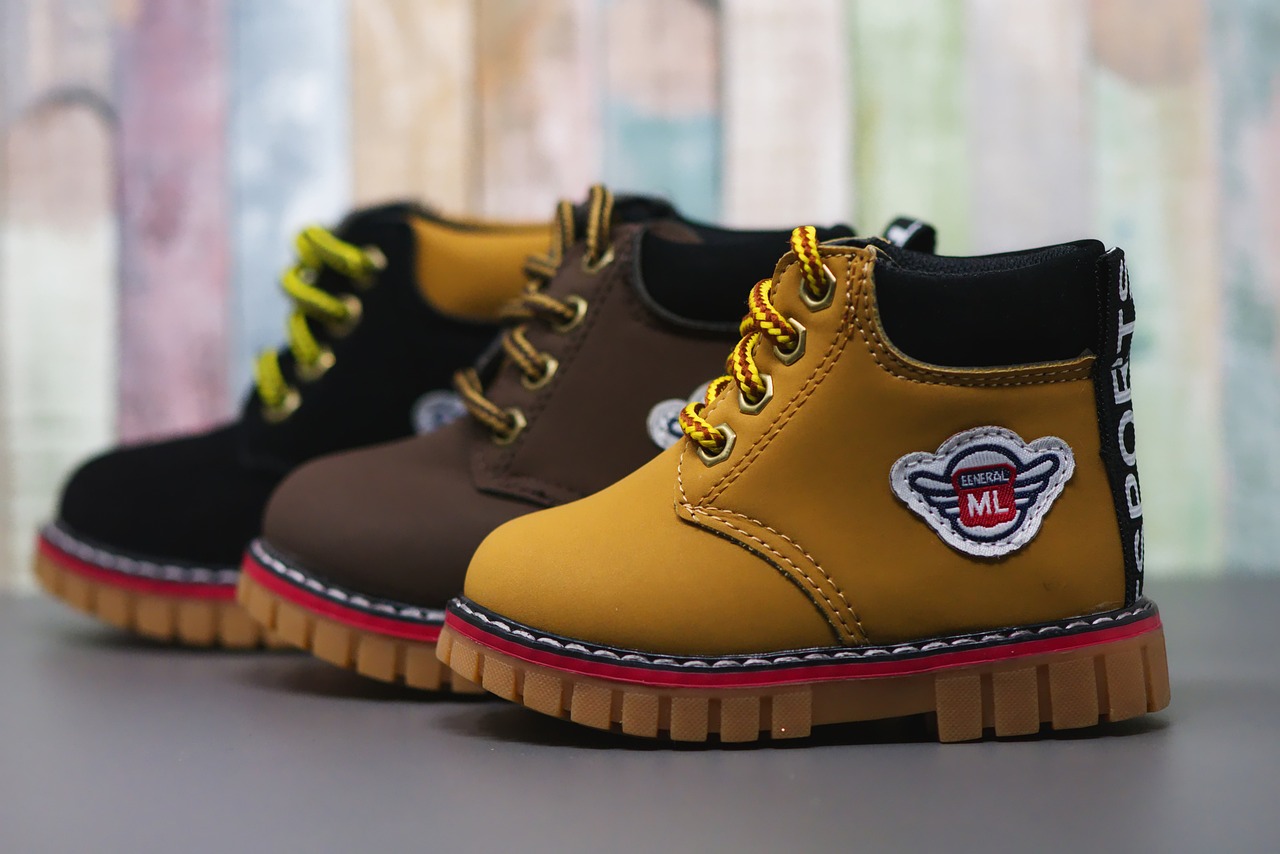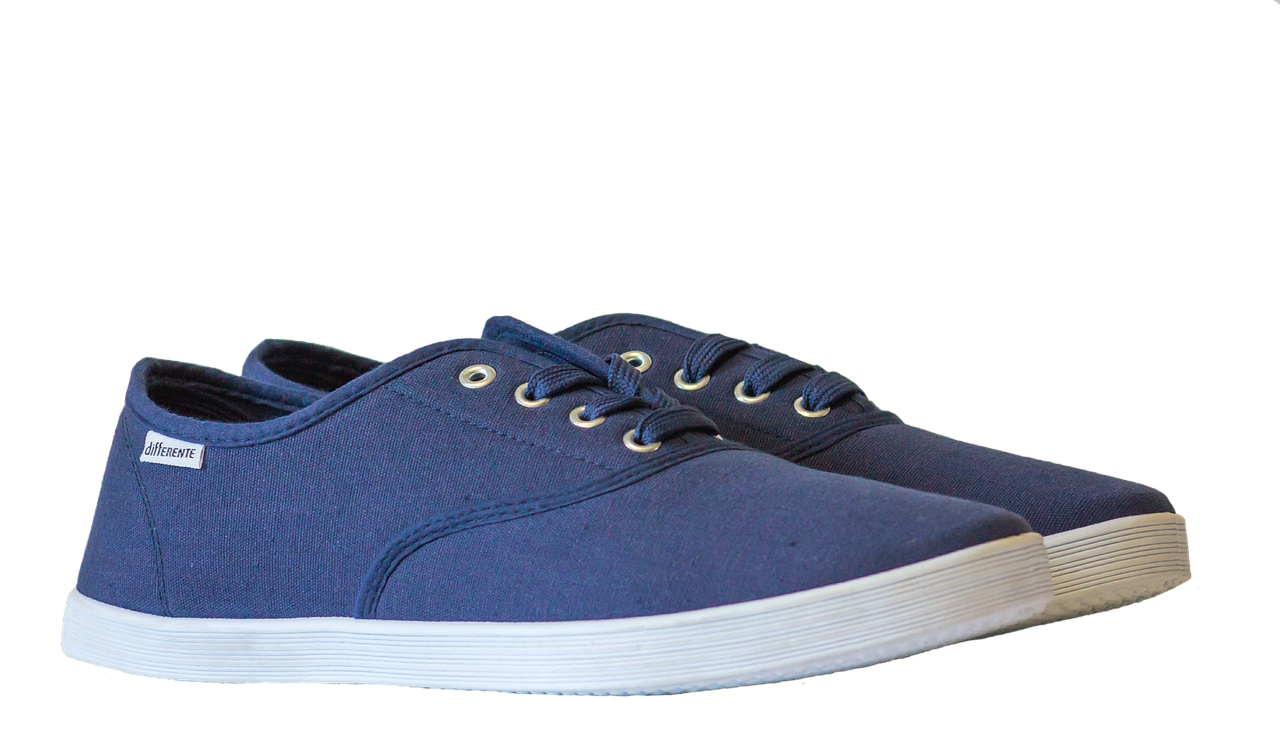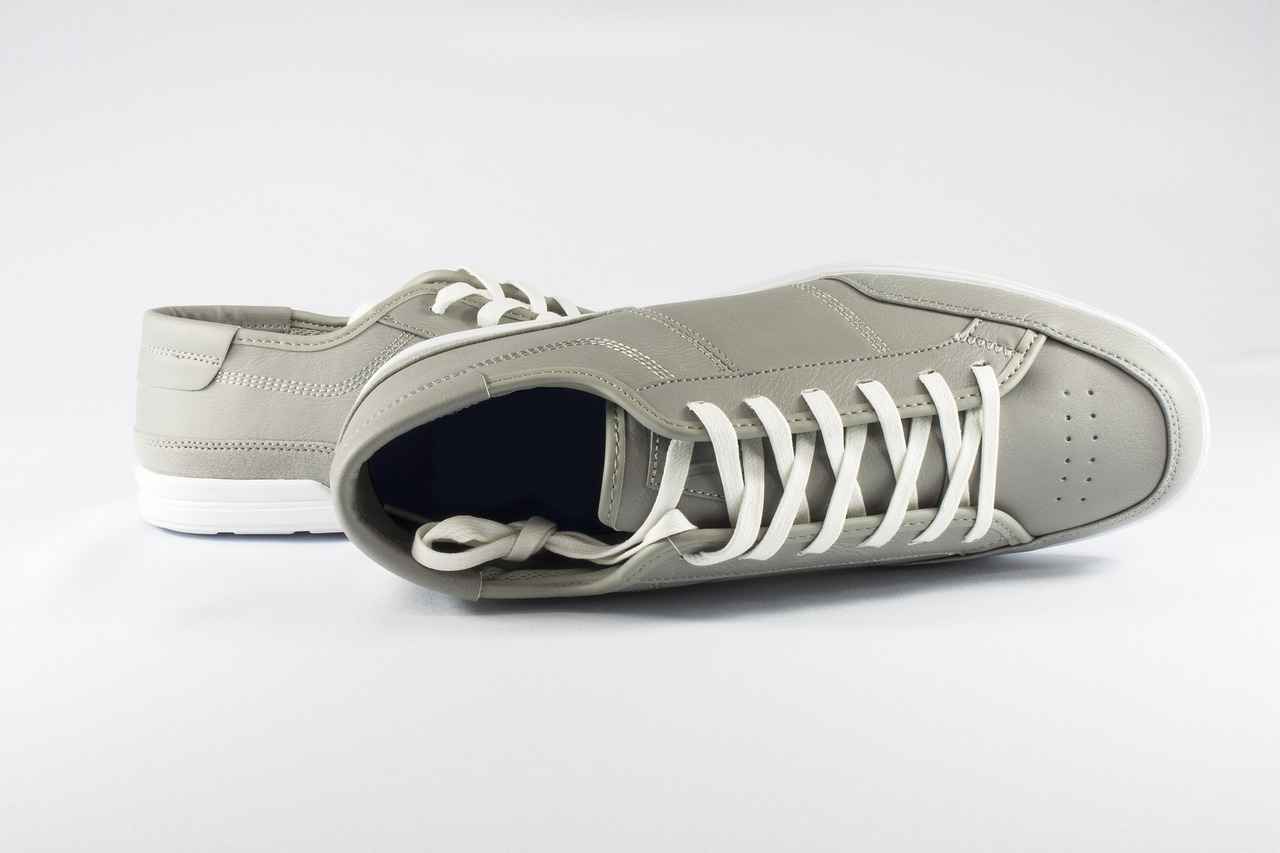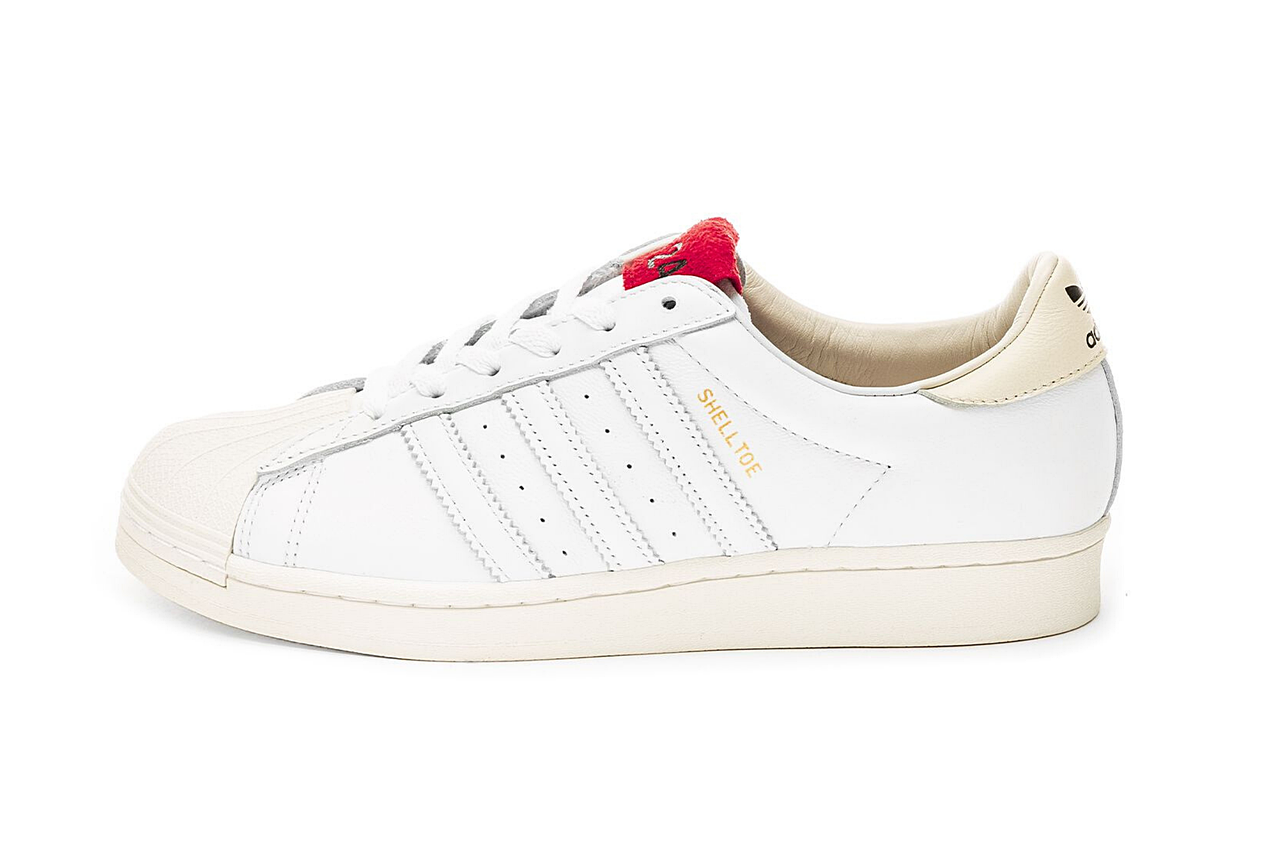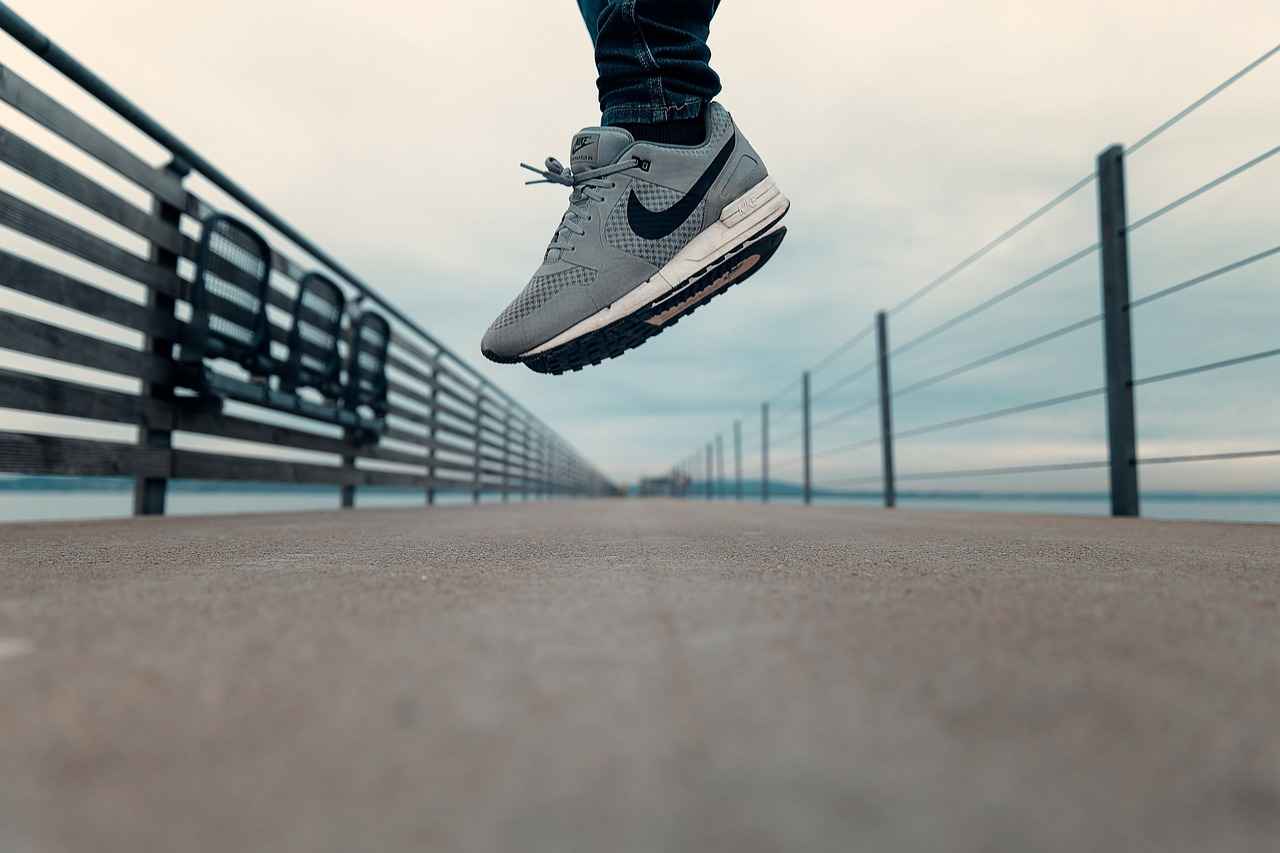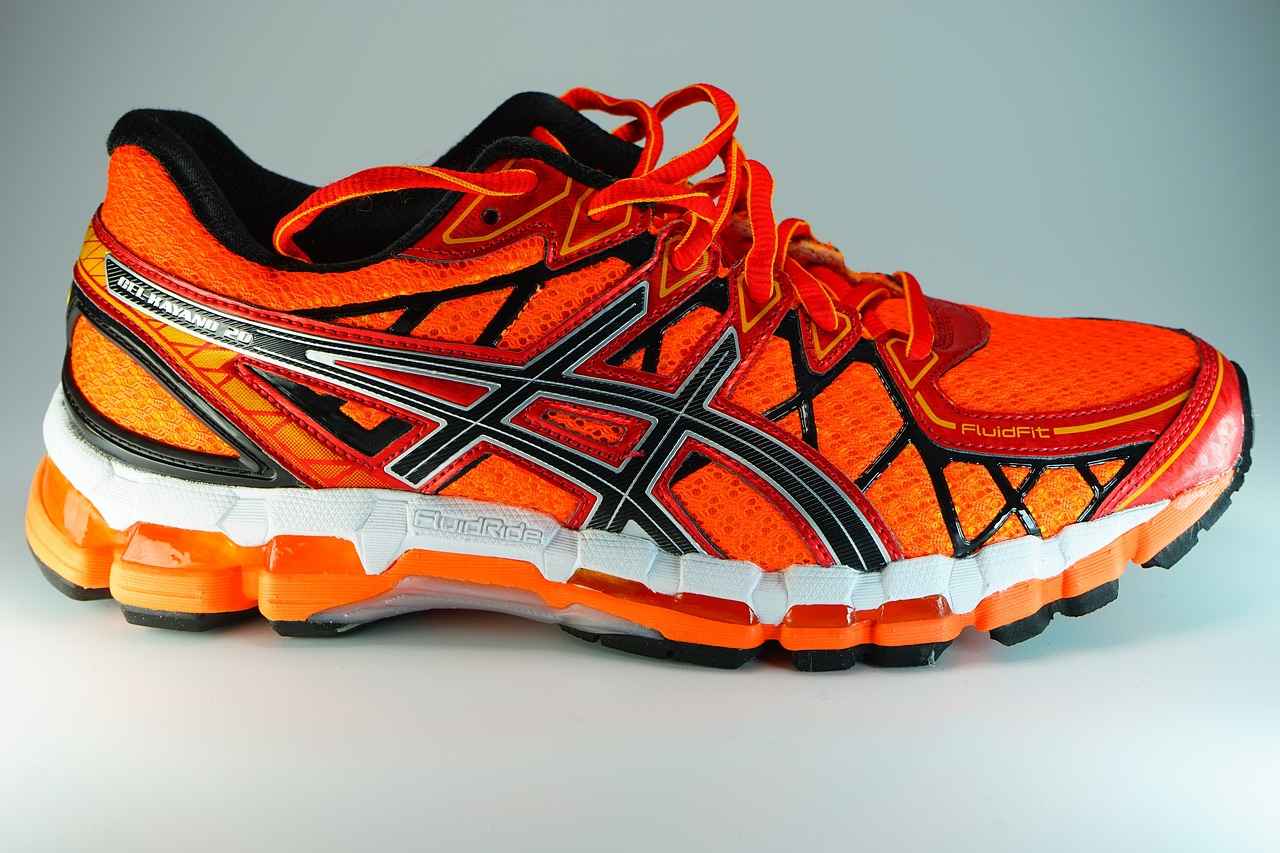New Balance has undergone a remarkable transformation since its inception in 1906. Originally established as a manufacturer of orthopedic shoes, the brand has evolved into a significant player in the athletic and fashion industries. This article delves into the key milestones that have shaped New Balance’s identity, emphasizing its cultural impact and innovative spirit.
The Origins of New Balance
Founded in the early 20th century, New Balance began its journey by focusing on comfort and performance. The company’s initial products catered to individuals needing orthopedic support, which laid the groundwork for its future innovations in athletic footwear.
The Rise of Performance Footwear
In the 1970s, New Balance capitalized on the growing interest in running. By introducing cutting-edge designs and technologies, the brand quickly gained traction among serious athletes. This surge in popularity marked a pivotal shift in the company’s trajectory, establishing it as a trusted name in performance footwear.
- Technological Innovations in Footwear: New Balance has been at the forefront of introducing technologies such as ENCAP and Fresh Foam, which have significantly enhanced the comfort and performance of their shoes.
- Impact of Running Culture: The running boom of the 70s and 80s not only fueled sales but also solidified New Balance’s reputation as a go-to brand for runners.
- Sponsorships and Athlete Endorsements: Strategic partnerships with elite athletes have played a crucial role in shaping New Balance’s image and credibility in the competitive athletic market.
Transitioning to Lifestyle Fashion
In recent years, New Balance has successfully bridged the gap between athletic performance and lifestyle fashion. By adapting its marketing strategies, the brand has appealed to a younger demographic, making its products a staple in streetwear culture.
Collaborations with Fashion Designers
High-profile collaborations have further elevated New Balance’s status in the fashion world. Partnerships with renowned designers have infused fresh creativity into the brand, resulting in trendy and sought-after collections.
Streetwear Influence
The rise of streetwear culture has significantly impacted New Balance’s evolution. The brand’s ability to adapt and align its products with contemporary trends has resonated with a younger audience, enhancing its appeal.
Pop Culture and Celebrity Endorsements
In the age of social media, celebrity endorsements have become vital for brand visibility. New Balance has effectively leveraged this trend, with numerous influencers and celebrities embracing its products, further boosting the brand’s popularity.
New Balance’s Commitment to Sustainability
As environmental concerns grow, New Balance has taken significant steps to reduce its ecological footprint. The brand’s initiatives focus on promoting eco-friendly practices and materials, demonstrating a commitment to sustainability.
- Recycling and Upcycling Initiatives: New Balance has launched programs aimed at recycling and upcycling materials, showcasing its dedication to sustainable practices.
Future of New Balance in Fashion
The future appears bright for New Balance as it continues to innovate and adapt to evolving trends. By maintaining its focus on both performance and fashion, the brand is well-positioned to thrive in the competitive landscape.

The Origins of New Balance
New Balance, a name synonymous with quality athletic footwear, has a rich history that dates back to 1906. Originally established in Boston, Massachusetts, the company began as a manufacturer of orthopedic shoes designed to provide optimal support and comfort for individuals with foot problems. This commitment to foot health laid the groundwork for what would become a revolutionary approach to athletic footwear.
The founder, William J. Riley, recognized the need for shoes that catered not only to athletes but also to everyday individuals seeking comfort. His vision was clear: to create footwear that combined functionality with style. This foundational principle continues to influence New Balance’s product development and marketing strategies today.
As the brand evolved, it maintained a focus on innovation and performance. By the 1960s, New Balance began to expand its offerings, introducing running shoes that catered to the growing number of fitness enthusiasts. This shift marked the beginning of the brand’s journey into the competitive athletic market, where it quickly gained recognition for its high-quality products.
New Balance’s commitment to performance was exemplified by its introduction of the 990 model in 1982. This shoe not only set a new standard for running footwear but also became a cultural icon, symbolizing the brand’s dedication to both comfort and style. The 990’s success solidified New Balance’s reputation as a leader in the athletic footwear industry.
Today, understanding the origins of New Balance is crucial for appreciating its ongoing dedication to comfort and performance. The brand’s legacy continues to resonate with consumers who value quality and innovation, ensuring that New Balance remains a key player in both the athletic and lifestyle markets.

The Rise of Performance Footwear
In the 1970s, New Balance emerged as a significant player in the athletic footwear market, marking a pivotal moment in the brand’s history. This era was characterized by a surge in interest in fitness and running, which created a fertile ground for innovative brands to flourish. New Balance capitalized on this trend by introducing cutting-edge designs and technologies that resonated with serious athletes.
One of the key aspects that set New Balance apart was its commitment to performance-driven footwear. The company focused on creating shoes that not only provided comfort but also enhanced athletic performance. This dedication led to the development of several groundbreaking technologies. For instance, the introduction of the ENCAP technology combined a supportive polyurethane rim with a soft EVA core, offering both durability and cushioning. This innovation appealed to runners seeking both stability and comfort during their workouts.
Additionally, the brand’s Fresh Foam technology revolutionized the way runners experienced cushioning. By using a single piece of foam to provide a plush, lightweight feel, New Balance catered to the needs of long-distance runners who required optimal support without sacrificing speed.
The running boom of the 1970s and 1980s played a crucial role in New Balance’s rise. As more individuals embraced running as a lifestyle, the demand for high-quality athletic shoes skyrocketed. New Balance effectively positioned itself to meet this demand, gaining traction among serious athletes who valued performance and quality.
Furthermore, strategic partnerships with renowned athletes and sponsorship of major running events helped solidify New Balance’s reputation in the competitive market. These endorsements not only enhanced the brand’s visibility but also fostered a sense of trust among consumers who sought reliability and performance in their footwear.
As New Balance continued to innovate and adapt to the changing landscape of athletic footwear, its commitment to quality and performance remained unwavering, setting the stage for its future endeavors in both performance and lifestyle segments.
Technological Innovations in Footwear
New Balance has long been at the forefront of footwear technology, consistently pushing the boundaries of performance and comfort. This commitment to innovation is evident in key technologies that have revolutionized the athletic shoe industry.
One of the standout innovations is the ENCAP technology. This system combines a soft, supportive core with a durable outer shell, providing athletes with the perfect balance of cushioning and stability. The dual-density foam allows for a responsive feel without sacrificing comfort, making it ideal for long-distance runners and casual wearers alike. By integrating ENCAP, New Balance has successfully enhanced the overall performance of their shoes, ensuring that they meet the demands of both serious athletes and everyday users.
Another groundbreaking development is the Fresh Foam technology, which has redefined how cushioning is perceived in running shoes. This innovative foam is designed to deliver a plush, adaptive fit that conforms to the foot’s natural shape. The unique geometric design of Fresh Foam provides targeted support and shock absorption, allowing for a smoother ride on various terrains. This technology not only enhances comfort but also helps reduce the risk of injury, making it a favorite among runners.
In addition to ENCAP and Fresh Foam, New Balance continuously explores new materials and designs to improve shoe performance. For instance, the incorporation of knit uppers allows for greater breathability and flexibility, ensuring that wearers experience maximum comfort throughout their activities. Furthermore, advancements in 3D printing technology are paving the way for custom-fit shoes, tailored to the unique needs of each athlete.
Overall, New Balance’s commitment to innovation in footwear technology not only enhances athletic performance but also reflects the brand’s dedication to comfort and style. As the industry evolves, New Balance remains a leader, consistently introducing technologies that meet the ever-changing needs of consumers.
Impact of Running Culture
The running boom of the 1970s and 1980s marked a pivotal moment in the evolution of athletic culture, and New Balance was quick to seize the opportunity presented by this surge in popularity. As more individuals embraced running not just as a sport but as a lifestyle, New Balance positioned itself as a leading brand that catered to both serious athletes and casual runners alike.
During this era, the company introduced a range of innovative products designed to enhance the running experience. One of the key factors behind New Balance’s success was its commitment to comfort and performance. The brand focused on developing shoes that offered superior cushioning and support, which resonated with runners who sought to improve their performance without sacrificing comfort.
New Balance also recognized the importance of community engagement in the running culture. By sponsoring local races and events, the brand built a loyal customer base that appreciated its dedication to the sport. This strategy not only increased brand visibility but also fostered a sense of belonging among runners, further solidifying New Balance’s reputation as a trusted partner in their fitness journey.
In addition to grassroots initiatives, New Balance capitalized on the growing trend of fitness running by launching targeted marketing campaigns that highlighted the benefits of their footwear. These campaigns often featured testimonials from athletes and everyday runners, showcasing how New Balance products could help them achieve their personal goals.
As running became a more mainstream activity, New Balance expanded its product lines to include a variety of styles and designs that appealed to a broader audience. This adaptability allowed the brand to stay relevant as running transitioned from a niche sport to a widespread cultural phenomenon.
In summary, the impact of the running culture in the 1970s and 1980s was profound, and New Balance’s ability to innovate, engage with the community, and market effectively played a crucial role in its growth during this transformative period.
Sponsorships and Athlete Endorsements
New Balance has strategically positioned itself in the athletic footwear market through sponsorships and athlete endorsements. These partnerships have not only enhanced the brand’s visibility but also solidified its reputation as a leader in performance and style.
By aligning with renowned athletes across various sports, New Balance has effectively tapped into diverse consumer bases. For instance, the brand has collaborated with elite runners, basketball players, and even fitness influencers, showcasing its commitment to performance. These endorsements serve as a testament to the quality and reliability of New Balance products, as athletes often share their personal experiences and endorse the brand’s innovative technologies.
| Athlete | Sport | Endorsement Impact |
|---|---|---|
| Marathon Runners | Running | Increased credibility in the running community |
| Professional Basketball Players | Basketball | Expanded appeal to urban youth and streetwear culture |
| Fitness Influencers | General Fitness | Enhanced visibility on social media platforms |
Moreover, New Balance’s sponsorship of major athletic events, such as marathons and triathlons, has further reinforced its commitment to the sporting community. These events not only provide a platform for athletes to showcase their skills but also allow New Balance to engage with potential customers directly. By sponsoring such events, the brand effectively positions itself at the heart of athletic culture, enhancing brand loyalty and customer engagement.
In addition to traditional sports endorsements, New Balance has tapped into the lifestyle market by collaborating with fashion-forward athletes. This approach has allowed the brand to seamlessly blend performance with style, appealing to a broader audience. The strategic use of endorsements and sponsorships has transformed New Balance into a household name, bridging the gap between athletic performance and everyday fashion.
Transitioning to Lifestyle Fashion
has marked a significant turning point for New Balance, as the brand has successfully navigated the dynamic landscape of fashion and athletic wear. In recent years, New Balance has not only focused on performance but has also embraced a more fashion-forward approach. This evolution has allowed the brand to tap into the growing demand for stylish yet functional footwear.
One of the key strategies in this transition has been the incorporation of streetwear aesthetics into their product lines. By blending classic athletic designs with contemporary fashion elements, New Balance has created a unique niche that appeals to both athletes and fashion enthusiasts. The brand’s iconic models, such as the 550 and 990 series, have become staples in streetwear culture, often seen on the feet of trendsetters and influencers alike.
Moreover, New Balance has leveraged collaborations with renowned designers and brands to enhance its visibility in the fashion industry. Partnerships with creators like Jaden Smith and Aimé Leon Dore have introduced limited-edition releases that generate buzz and excitement. These collaborations not only elevate the brand’s status but also attract a younger demographic that values exclusivity and style.
New Balance’s marketing strategies have also evolved to reflect its lifestyle focus. The brand’s campaigns now emphasize not just performance but also self-expression and individuality. This shift resonates with consumers who seek authenticity in their fashion choices, allowing New Balance to stand out in a crowded marketplace.
Furthermore, the rise of social media platforms has played a pivotal role in the brand’s transformation. Influencers and celebrities showcasing New Balance sneakers on platforms like Instagram and TikTok have significantly boosted the brand’s appeal. Their endorsements create a sense of community and trendiness, encouraging fans to embrace the brand as part of their personal style.
In conclusion, New Balance’s successful transition to lifestyle fashion illustrates its ability to adapt to changing consumer preferences. By bridging the gap between athletic performance and streetwear, the brand has not only maintained its heritage but has also established itself as a key player in the fashion industry.

Collaborations with Fashion Designers
Collaborations with high-profile designers and brands have significantly enhanced New Balance’s reputation within the fashion industry. By partnering with influential figures, the brand has successfully merged athletic performance with contemporary style, creating a unique niche that appeals to both sneaker enthusiasts and fashion aficionados alike.
One of the most notable collaborations was with designer Jaden Smith. His partnership brought forth a fresh perspective, merging sustainability with street style. The Vision Racer line, which features environmentally friendly materials, not only showcases innovative design but also aligns with the growing demand for sustainable fashion. This collaboration has attracted a younger audience, eager to embrace both style and environmental responsibility.
Another significant partnership was with high-fashion brand Aimé Leon Dore, which revitalized classic New Balance silhouettes. The 990v5 model, reimagined through this collaboration, reflects a seamless blend of heritage and modern aesthetics. This partnership emphasizes the importance of storytelling in fashion, as each release is accompanied by a narrative that resonates with consumers, enhancing brand loyalty.
Moreover, collaborations with Kith have pushed boundaries, transforming New Balance’s offerings into limited-edition collectibles. The New Balance 998 x Kith collaboration, for instance, featured a striking color palette and premium materials, creating a buzz that drove demand and elevated the brand’s status in the sneaker community.
These partnerships not only highlight New Balance’s adaptability but also its commitment to innovation. By aligning with designers who share a vision for creativity and quality, New Balance continues to solidify its presence in the competitive landscape of fashion. As the brand evolves, these collaborations will likely play a pivotal role in shaping its future direction, ensuring that it remains at the forefront of both athletic and lifestyle markets.
Streetwear Influence
The streetwear culture has emerged as a powerful force in the fashion industry, and its influence on brands like New Balance cannot be overstated. As this culture gained momentum, New Balance recognized the need to evolve its marketing strategies to resonate with a younger demographic. This shift marked a significant turning point in the brand’s history, allowing it to connect with consumers who prioritize style as much as functionality.
Initially known for its performance footwear, New Balance began to embrace the aesthetics of streetwear, which emphasizes individuality and self-expression. By collaborating with influential designers and streetwear brands, New Balance successfully positioned itself in a space that appeals to fashion-forward youth. These collaborations not only enhanced the brand’s visibility but also introduced innovative designs that reflect contemporary trends.
One notable strategy was the use of social media platforms to engage with younger audiences. New Balance harnessed the power of platforms like Instagram and TikTok to showcase its products in a lifestyle context, allowing potential customers to envision how the shoes fit into their daily lives. This approach helped to humanize the brand and foster a sense of community among its followers.
Furthermore, New Balance adopted a more inclusive marketing strategy that celebrates diversity and authenticity. By featuring models of various backgrounds and styles in their campaigns, the brand resonated with a broader audience, appealing to the values of inclusivity and representation that are central to the streetwear ethos.
In conclusion, the rise of streetwear culture has prompted New Balance to adapt its marketing strategies significantly. By embracing collaborations, leveraging social media, and promoting inclusivity, the brand has successfully captured the attention of a younger demographic, solidifying its place in the ever-evolving landscape of fashion.
Pop Culture and Celebrity Endorsements
In recent years, New Balance has become a staple in the wardrobes of many celebrities and influencers, marking a significant shift in the brand’s public perception. This phenomenon has not only boosted the brand’s popularity but has also redefined its image in the contemporary fashion landscape.
Celebrity Influence on Brand Image
High-profile endorsements play a crucial role in shaping consumer attitudes. When celebrities such as Justin Bieber, Kendall Jenner, and Gigi Hadid are seen sporting New Balance sneakers, it sends a powerful message to their followers. This visibility creates a halo effect, where the brand is perceived as trendy and desirable, aligning it with the lifestyles of these influential figures.
Social Media Impact
The rise of social media platforms has amplified the effects of celebrity endorsements. Influencers showcase their personal styles through various channels, including Instagram and TikTok, where New Balance footwear is often featured. This direct engagement with audiences fosters a sense of authenticity and relatability, making the brand more appealing to younger consumers who prioritize genuine connections over traditional advertising.
Collaborative Collections
New Balance has also embraced collaborations with celebrities to create limited-edition collections. These partnerships not only generate buzz but also create a sense of exclusivity. For example, collaborations with artists like Salehe Bembury have resulted in unique designs that resonate with fashion-forward consumers, further enhancing the brand’s reputation.
Shifting Fashion Norms
The integration of New Balance into celebrity wardrobes signifies a broader shift in fashion norms. As the lines between athletic wear and casual fashion blur, New Balance has positioned itself as a versatile choice for both performance and style. This duality appeals to consumers seeking functionality without sacrificing aesthetic appeal.
In summary, the embrace of New Balance by celebrities and influencers has significantly influenced public perception, making the brand a prominent player in contemporary fashion. As these endorsements continue to evolve, they will likely shape the future trajectory of New Balance in the ever-changing landscape of style.

New Balance’s Commitment to Sustainability
In the face of escalating environmental challenges, New Balance has made a significant commitment to sustainability, aiming to minimize its ecological impact while continuing to produce high-quality athletic footwear. This section delves into the brand’s various initiatives and innovations designed to promote eco-friendly practices within the industry.
New Balance has prioritized the use of recycled materials in its production processes. The brand has introduced shoes made from recycled plastics, significantly reducing the amount of waste that ends up in landfills. By incorporating materials such as recycled polyester and organic cotton, New Balance is not only lowering its carbon footprint but also setting a precedent for sustainable manufacturing practices.
Another critical aspect of New Balance’s sustainability efforts is its focus on energy efficiency. The company has implemented advanced technologies in its factories to reduce energy consumption. By utilizing renewable energy sources and optimizing production processes, New Balance aims to achieve a 50% reduction in greenhouse gas emissions by 2030. This commitment reflects the brand’s dedication to creating a more sustainable future.
New Balance recognizes that sustainability extends beyond its production lines. The brand actively engages with local communities to promote environmental awareness. Through various educational programs and partnerships, New Balance encourages consumers to adopt sustainable practices in their daily lives, fostering a culture of responsibility and stewardship.
To further enhance its sustainability efforts, New Balance is committed to transparency in its operations. The brand regularly publishes sustainability reports that outline its progress and challenges, ensuring accountability to its consumers and stakeholders. This openness not only builds trust but also inspires other companies in the industry to follow suit.
As New Balance continues to innovate and adapt, its commitment to sustainability remains at the forefront of its mission, proving that fashion and responsibility can indeed go hand in hand.
Recycling and Upcycling Initiatives
New Balance has made significant strides in its commitment to sustainability through various recycling and upcycling initiatives. These programs not only aim to reduce waste but also to promote a circular economy within the fashion industry. By focusing on innovative practices, New Balance is setting a benchmark for other brands to follow.
One of the key initiatives is the Recycling Program, which encourages customers to return their old shoes. This program is designed to give new life to worn-out footwear, diverting them from landfills. Once collected, these shoes are processed and transformed into new products, such as insulation materials or sporting surfaces. This approach not only minimizes waste but also reduces the need for virgin materials.
In addition to recycling, New Balance has embraced upcycling as a creative solution to sustainability. The brand collaborates with various artists and designers to repurpose materials from previous collections. This not only reduces waste but also creates unique, limited-edition products that appeal to environmentally conscious consumers. An example is the collaboration with local designers to create fashion pieces that incorporate leftover materials from production.
New Balance also invests in research to develop new materials that are both sustainable and high-performing. The Eco-Friendly Collection features shoes made from recycled plastics and organic materials, showcasing the brand’s dedication to reducing its environmental impact while maintaining quality and style.
- Community Engagement: New Balance actively engages with local communities through workshops and events that promote sustainability and educate consumers about the importance of recycling.
- Transparency: The brand is committed to transparency in its supply chain, providing consumers with information on the sourcing and production processes of its eco-friendly products.
Through these initiatives, New Balance not only addresses environmental challenges but also inspires consumers to participate in sustainable practices. As the brand continues to innovate, it sets a positive example for the entire industry, proving that style and sustainability can go hand in hand.
Future of New Balance in Fashion
The future of New Balance appears bright as the brand continues to embrace innovation while adapting to the dynamic landscape of both performance and fashion markets. With a rich history rooted in quality and comfort, New Balance is poised to expand its influence in several key areas.
- Embracing Technology: As technology evolves, New Balance is likely to enhance its footwear with cutting-edge materials and smart features. Innovations such as wearable tech integrated into shoes could provide athletes with real-time performance data, setting the brand apart in a competitive market.
- Expanding Sustainable Practices: With increasing consumer demand for eco-friendly products, New Balance is committed to sustainability. The brand’s future initiatives may include more recycled materials in their products and a focus on ethical manufacturing processes, appealing to environmentally conscious consumers.
- Diverse Collaborations: Collaborations with renowned designers and emerging artists are expected to continue, enhancing New Balance’s presence in the fashion world. These partnerships can introduce unique collections that blend athletic wear with high fashion, attracting a wider audience.
- Targeting Streetwear Culture: The streetwear trend shows no signs of slowing down. New Balance’s ability to merge functionality with style will be crucial as it seeks to capture the attention of younger consumers who prioritize both aesthetics and performance.
- Global Market Expansion: As international markets grow, New Balance is likely to increase its global footprint. Tailoring products to meet diverse cultural preferences will be essential in establishing a strong presence worldwide.
In summary, New Balance’s future is set to be defined by its commitment to innovation, sustainability, and fashion-forward thinking. By staying attuned to consumer trends and technological advancements, the brand is well-positioned to thrive in both the performance and fashion sectors.
Frequently Asked Questions
- What is the history of New Balance?
New Balance was founded in 1906 as a manufacturer of orthopedic shoes. Over the decades, it evolved into a renowned athletic footwear brand, gaining popularity in the 1970s with innovative designs and technologies.
- How has New Balance contributed to running culture?
The brand significantly impacted running culture during the 1970s and 1980s, capitalizing on the running boom. Their focus on performance footwear made them a favorite among serious athletes and casual runners alike.
- What are some key technological innovations from New Balance?
New Balance has introduced several cutting-edge technologies, including ENCAP and Fresh Foam, which enhance comfort and performance in their footwear, setting them apart in the competitive market.
- How has New Balance transitioned to lifestyle fashion?
In recent years, New Balance has successfully bridged the gap between athletic performance and streetwear, collaborating with high-profile designers and adapting marketing strategies to appeal to a younger demographic.
- What initiatives has New Balance taken towards sustainability?
New Balance is committed to reducing its environmental footprint through various recycling and upcycling initiatives, demonstrating their dedication to eco-friendly practices in the fashion industry.
- What does the future hold for New Balance in the fashion industry?
The future looks bright for New Balance as they continue to innovate and adapt to changing trends, with ongoing efforts in both performance and lifestyle markets.


